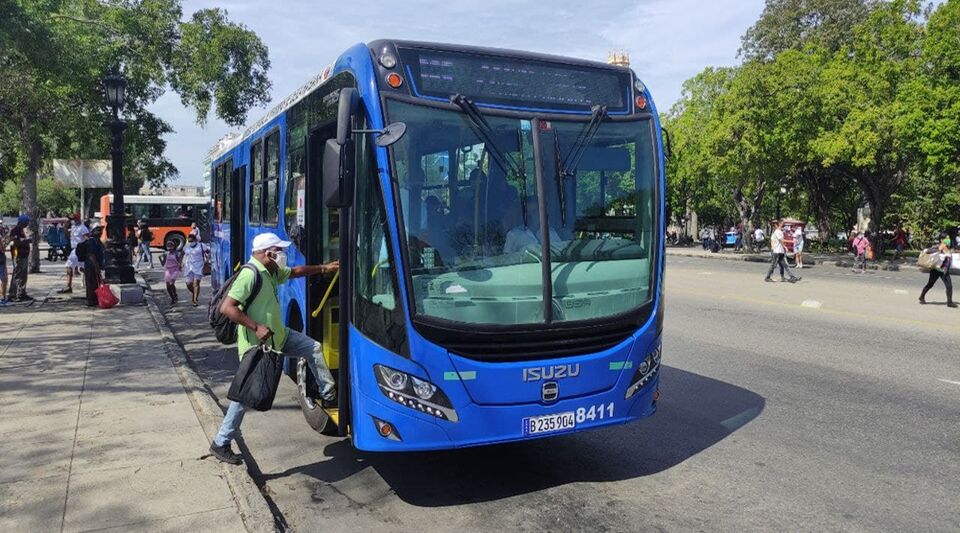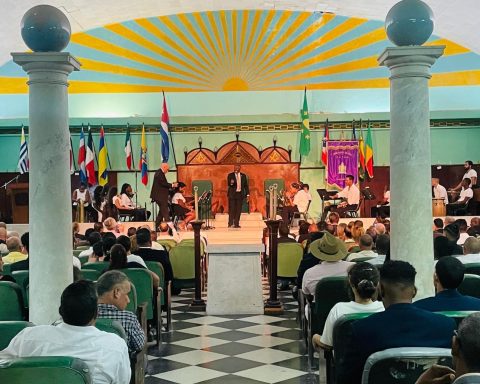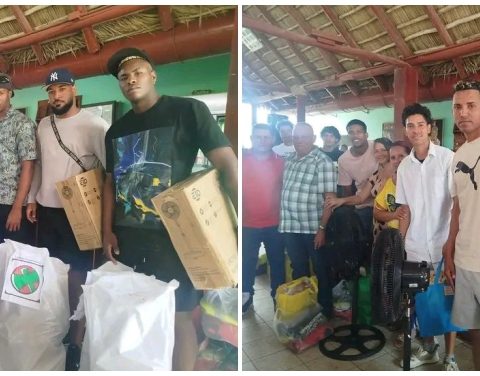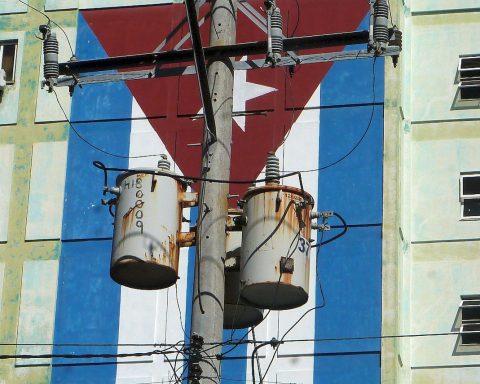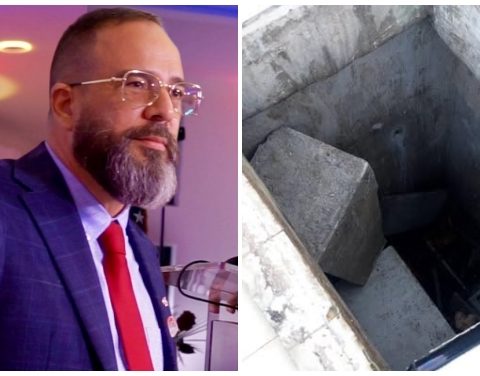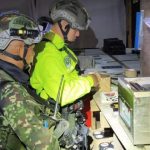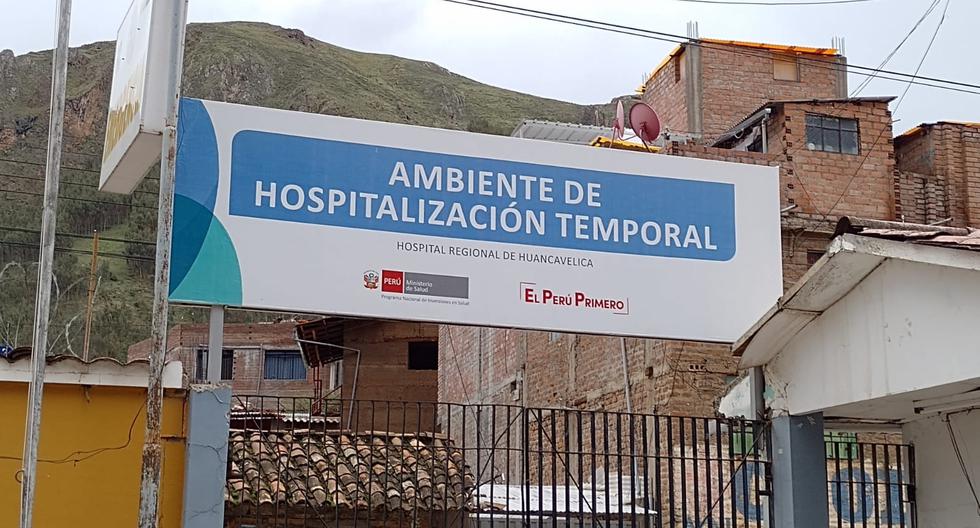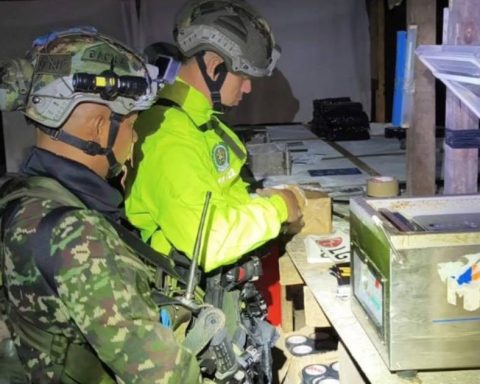Expectations were rising but the Japanese buses did not appear until this weekend they could be seen touring Havana. The buses donated by the Asian country arrived on the island on January 13 and despite the optimistic headlines in the official press, they are only now picking up passengers in the Cuban capital.
With a frequency of 25 minutes between the arrival of one vehicle and another, the A65 route arrived this Saturday at the Parque de la Fraternidad, where a long line of people eager to move were waiting for it. With their impeccable blue bodywork, the light signs fully working and the smell of new still inside, the Japanese buses caused a sensation.
“They are good but I don’t know how long they are going to last here,” explained the driver of one of these buses to a passenger who inquired about the novelty. “When too much passage goes up, they whistle because they have a safety mechanism for that,” the driver spoke. “You have to be careful also because they band to the sides.”
“They have GPS and they are brand new but this is made for places where there are not so many people trying to get on,” he adds. “If the bus is very full, it becomes unstable when it turns and parks,” explains the driver. “They are too Japanese, we will have to see how they will be in a few days. For now, we have to enjoy them.”
The buses have begun to roll through the streets more than a week after, on January 28 and coinciding with the birthday of José Martí, the official press published an inaugural act of the long-awaited buses with the title City buses donated by Japan are ready. At the event were Hirata Kenji, Japanese ambassador to the island, and the governor of Havana, Reinaldo García Zapata, who presided over the formal delivery of the Isuzu on the Tarará esplanade.
“They are Japanese, with that I tell you everything,” warns an employee of a terminal where the new buses begin to arrive every afternoon after covering their route. “It’s like the difference between sushi and claria mortadella, these buses are designed to travel through streets without potholes, get to stops and have disciplined people get on. Nothing more than the issue of ventilation is already a problem because it has small windows to open”.
“That Naruhito catches us confessed, but this is the beginning and we already know how the end will be,” he adds.
________________________
Collaborate with our work:
The team of 14ymedio is committed to doing serious journalism that reflects the reality of deep Cuba. Thank you for joining us on this long road. We invite you to continue supporting us, but this time becoming a member of our journal. Together we can continue transforming journalism in Cuba.
